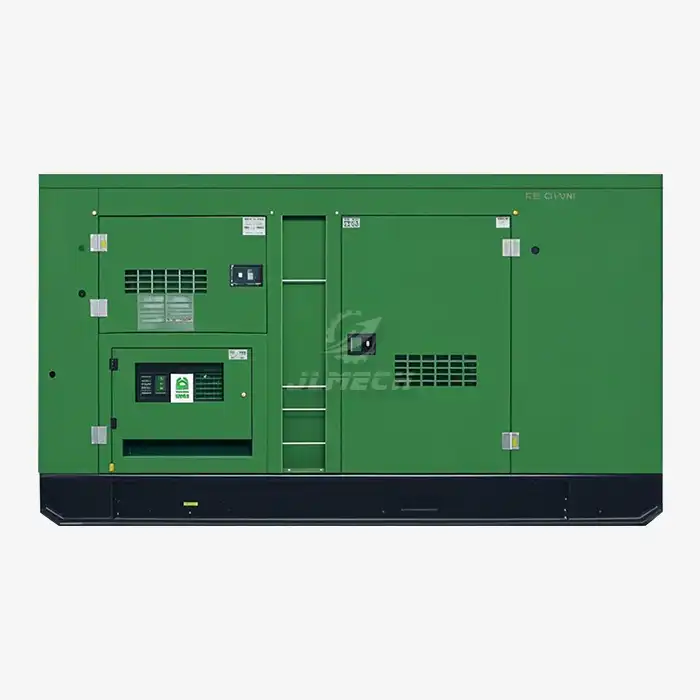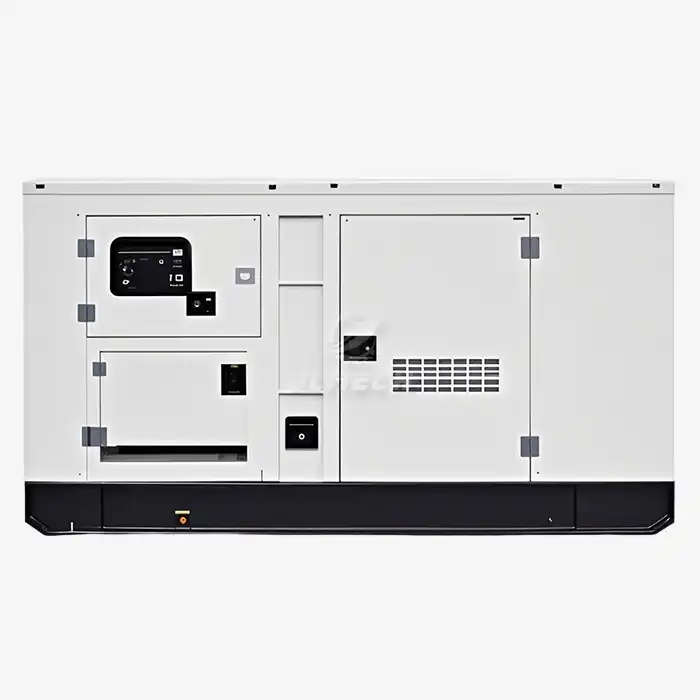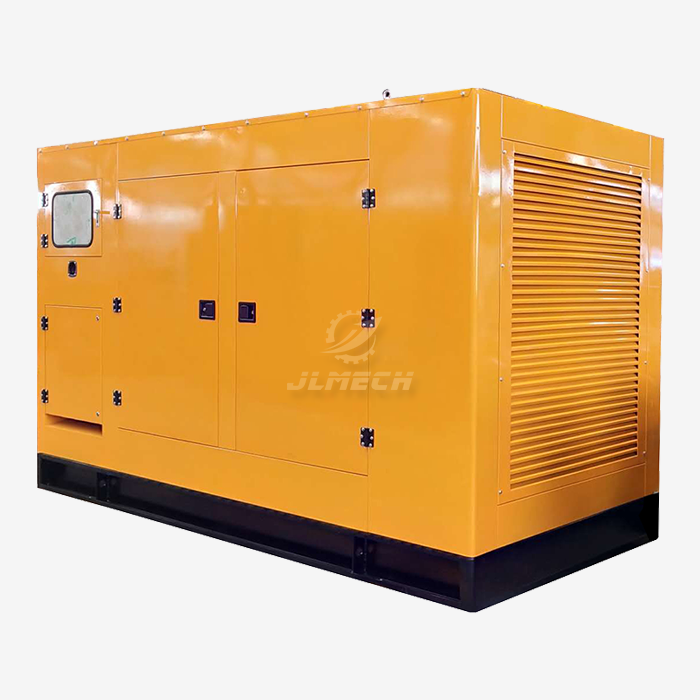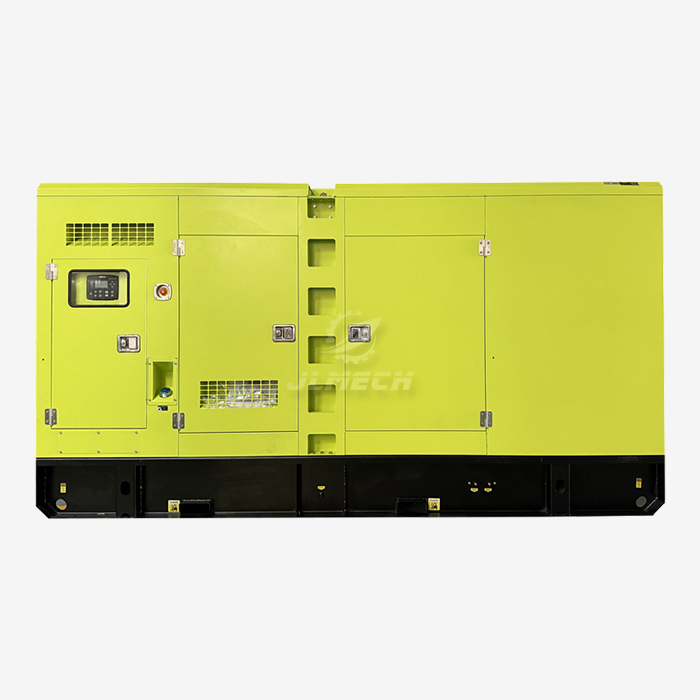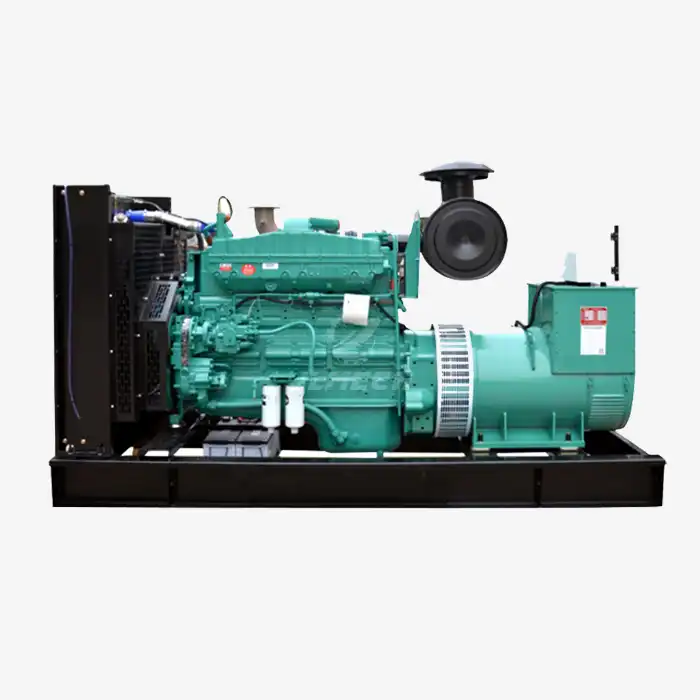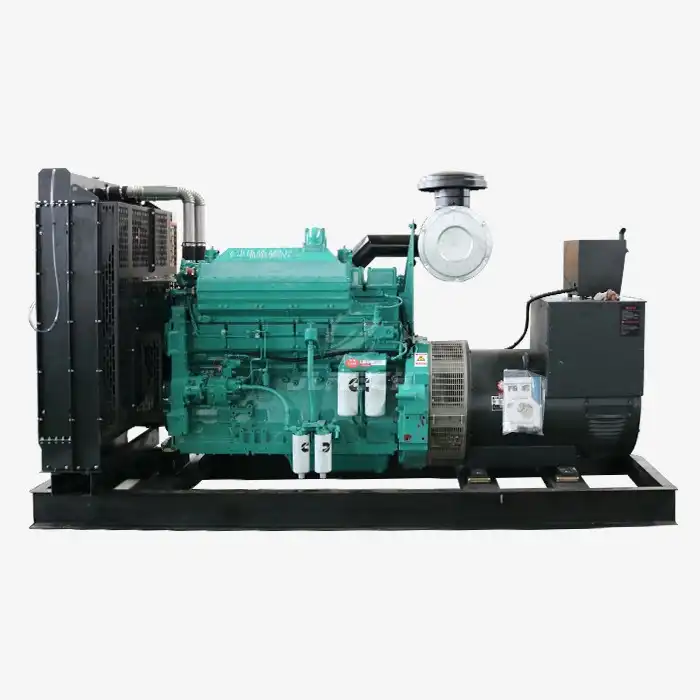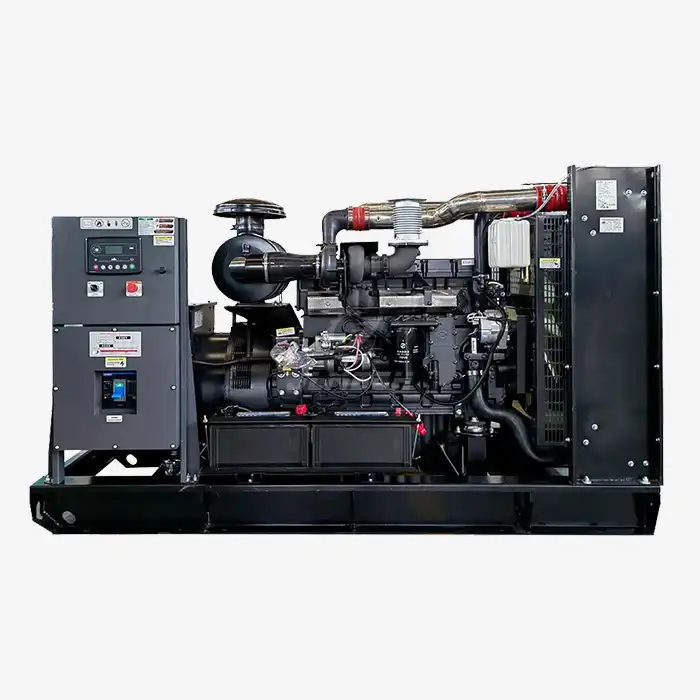Why is the generator temperature high?
Persistent high generator temperature threatens reliability and safety—here’s how to diagnose and fix it. Elevated generator temperature typically stems from five root causes: cooling failures, overloads, environmental stress, mechanical faults, or poor maintenance. Ignoring these risks catastrophic damage—from seized pistons to burnt windings. This guide breaks down each trigger and delivers actionable solutions.
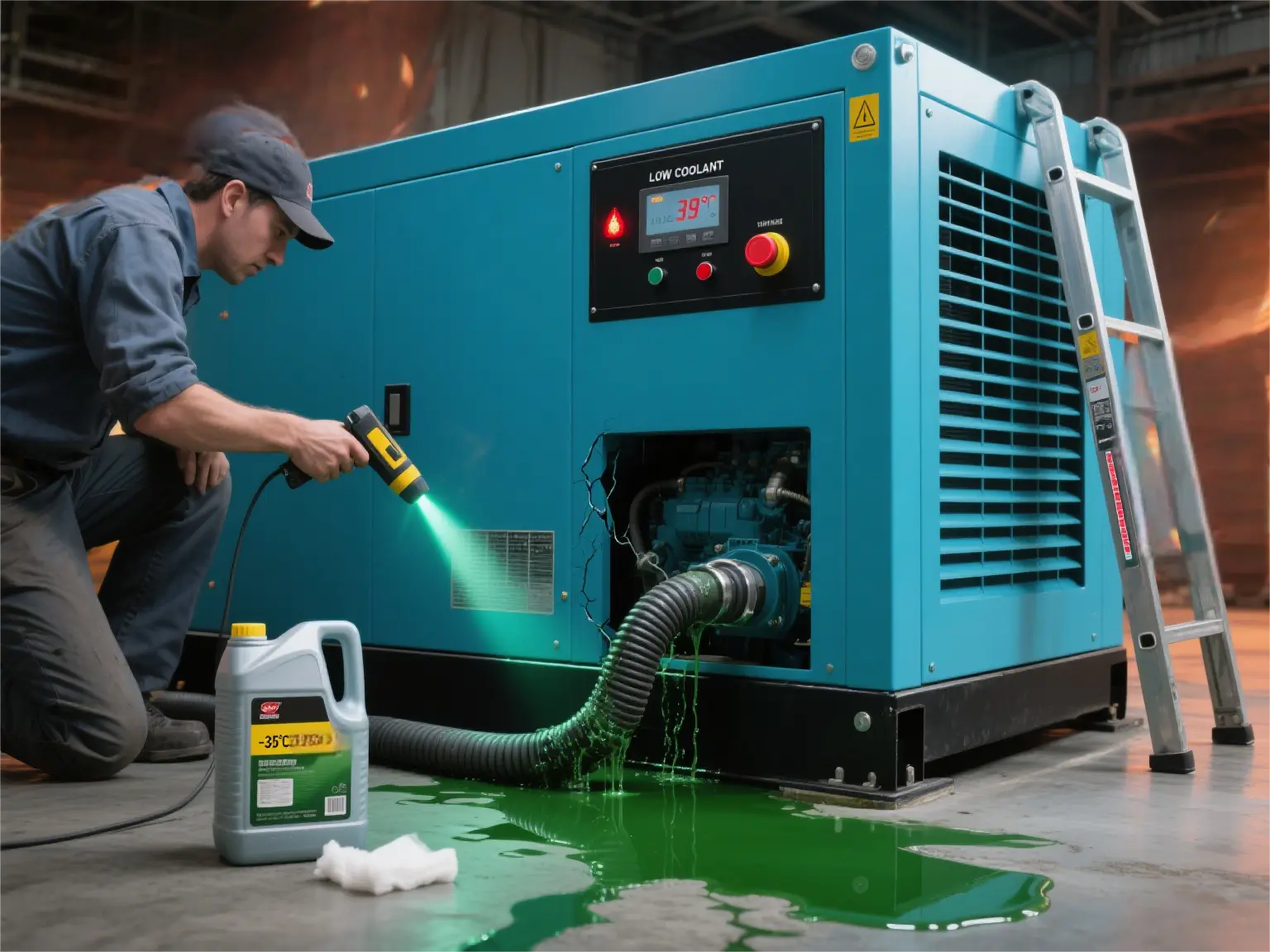
Cooling System Failures
Clogged or leaking cooling systems cause 70% of overheating incidents. Key failures include:
Radiator blockages: Dust, insects, or debris reduce airflow by 40–60%, spiking coolant temperatures beyond 95°C.
Coolant issues: Low levels, degraded fluid, or incorrect water-to-coolant ratios (e.g., hard water scaling) impede heat transfer.
Component failures:
Faulty water pumps disrupt circulation.
Worn fan belts slip, cutting airflow by 30%.
Stuck thermostats trap heat in the engine loop.
Fix: Clean radiators monthly; replace coolant annually; inspect belts/pumps quarterly.
Overload Operation
Sustained loads above 110% rating push generator temperature into the danger zone (>140°C):
Formula: Temperature rise ≈ (Load rate)². At 120% load, heat output surges 44% versus nominal.
Symptoms:
Stator windings exceed 130°C, accelerating insulation burnout.
Exhaust stacks glow red during night operation.
Solution: Install automatic load-shedding modules to cap demand at safe limits (≤105%).
Environmental and Installation Traps
External factors distort "normal" operating ranges:
High ambient heat (>40°C): Cuts cooling efficiency by 25–30%. Temperatures hover near max thresholds even at 80% load.
Altitude effects: At 1,500m+, thin air reduces heat dissipation by 15%. Undersized radiators fail faster.
Poor ventilation: Confined rooms with <1m clearance trap hot air. Recirculated exhaust raises intake temps by 10–15°C.
Mitigation: Use tropical-rated radiators; add auxiliary fans; relocate units to shaded, open areas.
Mechanical Complications
Hidden faults create vicious heat cycles:
Oil degradation: Soot-contaminated lubricant loses viscosity, increasing friction and bearing temps >90°C.
Cylinder leaks: Cracked liners/head gaskets allow coolant seepage into cylinders, causing steam pockets and localized overheating.
Unbalanced phases: >10% current imbalance between phases generates magnetic drag, heating rotors 20% faster.
Diagnose: Check for white exhaust smoke (coolant leak) or metallic noises (bearing wear).
Maintenance Neglect
Overlooked tasks amplify thermal stress:
Air filters: Clogged filters force engines to "choke," raising intake temps 8–12°C.
Lubrication: Underfilled bearings overheat within 2 hours of peak load; overgreasing insulates heat.
Ignored sensors: Calibration drift in PT100 probes delays shutdown commands by 10–15 minutes—enough to warp rotors.
Critical regimen: Log temperatures weekly; clean filters biweekly; calibrate sensors annually.
Conclusion
Chronic high generator temperature signals systemic risks—not just isolated faults. Left unchecked, it cascades into engine seizure, winding failures, or five-figure repairs. Proactive thermal management is non-negotiable for uptime.Before alarms sound: Email JLMECH at skala@whjlmech.com.
References
1. Carreras, B. A., Lynch, V. E., & Rigby, J. F. (2019). A time-dependent model of generator failures and recoveries captures correlated events and quantifies temperature dependence. Applied Energy.
2. Apt, J., & Lavin, L. (2019). Resource Adequacy Implications of Temperature-Dependent Electric Generator Availability. Applied Energy.
3. Kahandagamage, D. C., & Senadheera, D. B. (2020). Analysis of the effect of charge air temperature and humidity on the combustion process of diesel engines at Heladhanavi Power Plant, Puttalam, Sri Lanka. Semantic Scholar.



